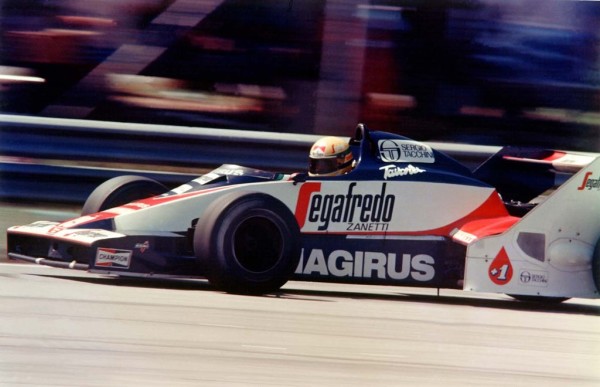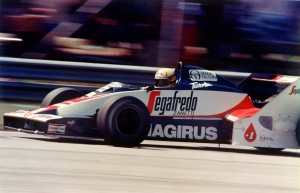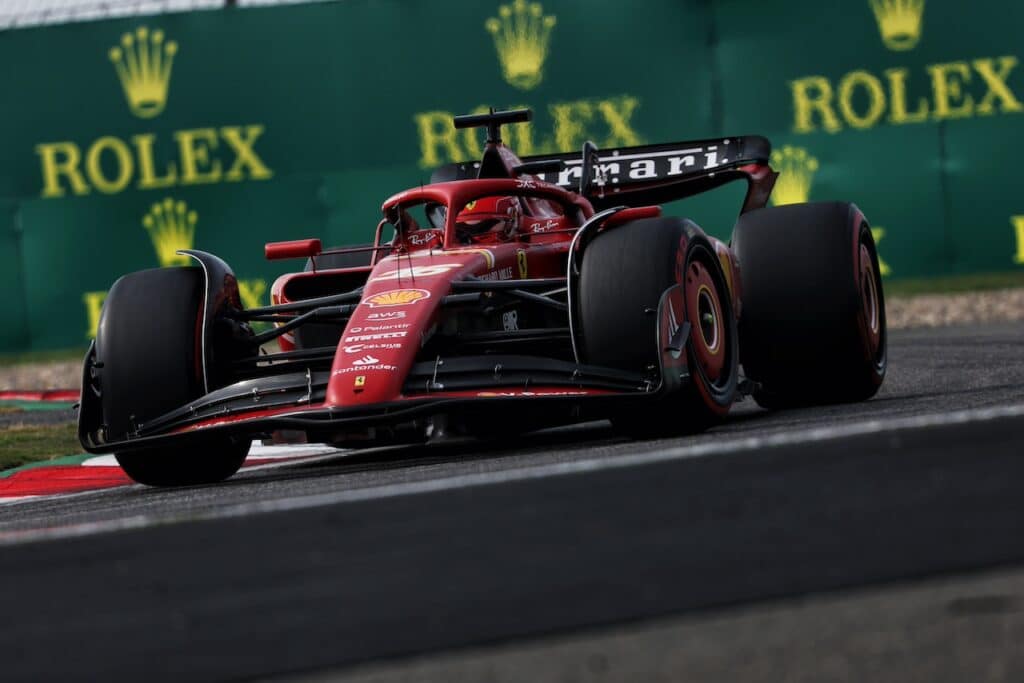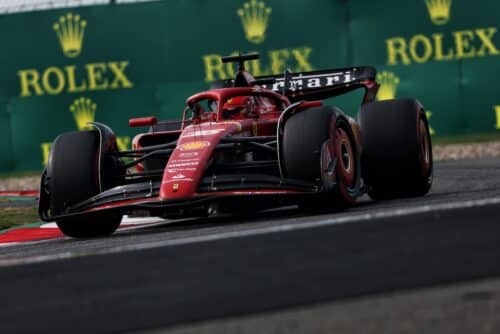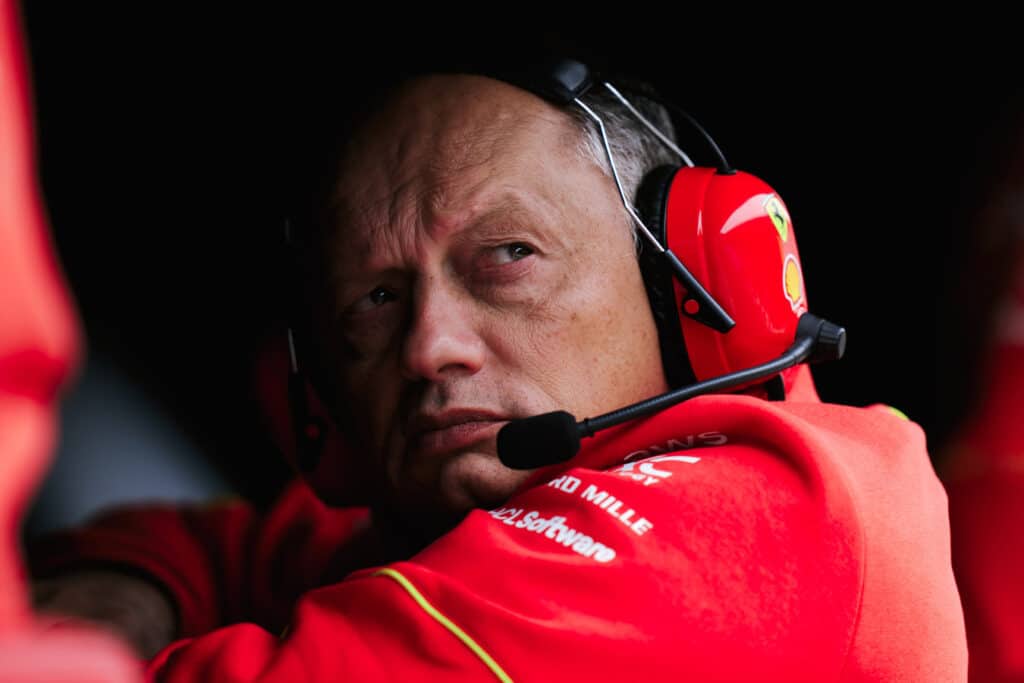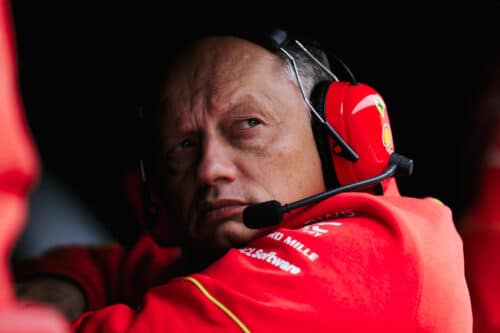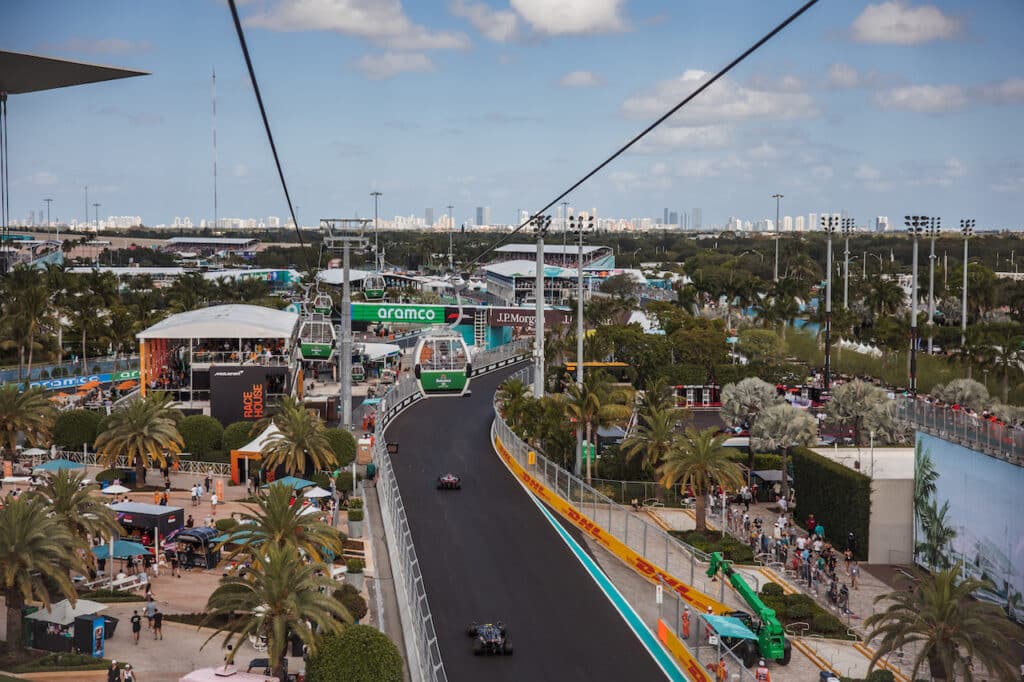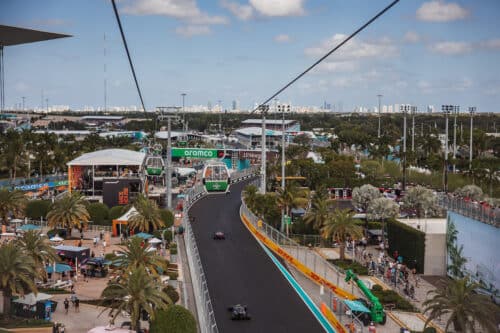Ayrton Senna and the 1984 season – Part one
From signing with Toleman to the success in Monaco
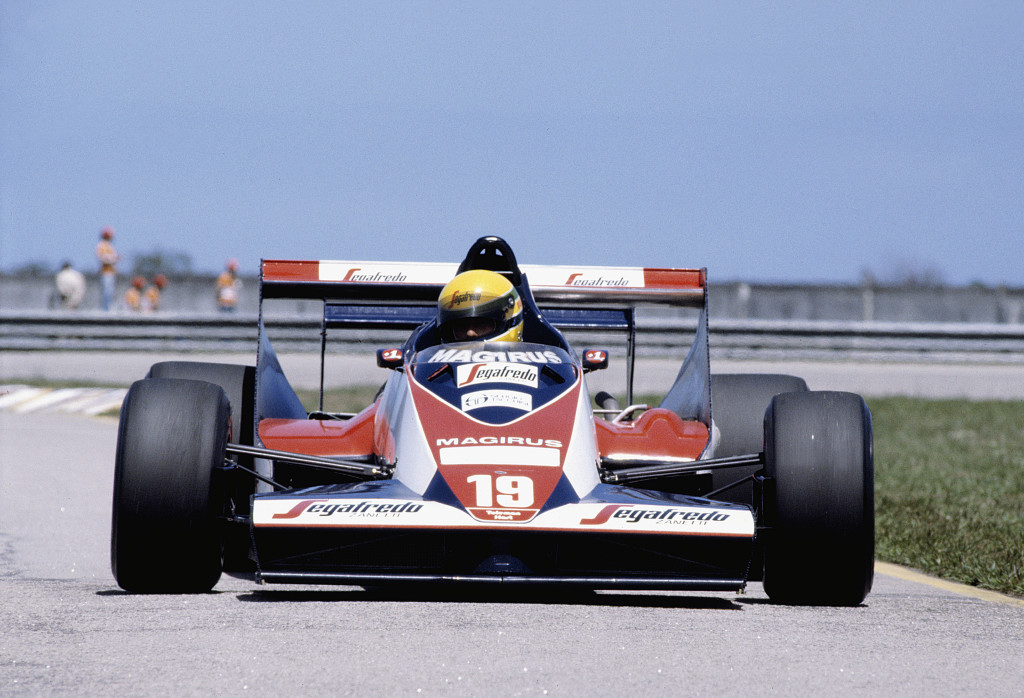
After having won overwhelmingly in the minor categories of the British championship, Ayrton Senna had some contacts with important teams in the world of Formula One, however they were tests or little more. In fact, between 1982 and 1983 McLaren, Williams, Brabham had rushed towards him and with the latter there seemed to be an agreement for an annual contract in the top series, but at the most appropriate moment one of the main sponsors blocked the negotiation, as it would have financed the team only if the chosen driver was an Italian. Thus the Brazilian's project seemed to come to a halt, one step away from the longed-for goal. Then a new light came on, a little dimmer than those seen so far, but reachable: it was called Toleman.
Already in 1982 the English team had offered Senna a contract in Formula 3 until the driver obtained the super license for the top category, however he declined. But a year later the Brazilian himself realized that it was no longer possible to wait and signed the contract with the team of Ted Toleman, an amateur driver and owner of a large transport company. Both previous drivers, Derek Warwick and Bruno Giacomelli, left the team, the first to move to Renault and the second to make way for Senna. At 24, Ayrton thus presented himself to the general public with a very respectable list of successes: in 3 years he had won 48 races out of 67 held, winning 5 championships out of 5 in English territory, a school of great drivers and who had looked at the Brazilian with distrust ever since from its beginnings, in a mixture of contempt and reverence.
The single-seater with which he would begin the first part of the championship was still that of the previous season, the TG183 evolution B, which had demonstrated good qualities, which however had been overshadowed by the continuous reliability problems caused above all by the Hart 415T turbo engine, an evolution of that deriving from Formula 2. The tires were Pirelli, not one of the best as the Italian supplier had returned to Formula One in 1981 after about twenty years of absence and until then had not shown sufficient quality regarding its tires roofing.
Here is the complete report of the races:
First race: Brazilian GP. Ayrton started from the sixteenth spot with a time of 1'33'525, five seconds more than poleman Elio de Angelis in Lotus – Renault, but ahead of his teammate Johnny Ceccotto by almost two seconds. At the start he started well despite the fact that the cockpit of the single-seater began to be flooded with petrol which leaked as slowly as inexorably from the tank located behind the seat. So he quickly gained three positions but on the eighth lap of the race he had to say goodbye to the hope of seeing the checkered flag: the Hart turbocharger, as in 1983, had failed, leaving no option other than retirement. Nine laps later Ceccotto also suffered the same fate.
Second race: South African GP. In a race marked by the domination of the two McLarens, who effectively lapped everyone else, Ayrton collected his first world championship point by finishing sixth. In fact, at that time the points valid for the title were given to the first six (9, 6, 4, 3, 2 and 1 points) and the Brazilian, starting from 6tha row, he managed to come back consistently and without giving in to panic rookie, reaching the finish line three laps behind in a race where only eleven of the twenty-three starting cars finished. Ayrton himself had to make an enormous physical effort to drive the single-seater without a front nose and from then on the choice to begin adequate physical preparation.
Third race: Belgian GP. Senna qualified with the 19th fastest time, four seconds behind Michele Alboreto, poleman of the day with a Ferrari revitalized only in the isolated Zolder race. He will finish seventh at the end of the race, once again after a great comeback, but after Tyrrell's disqualification for breaking the rules he will be sixth after the removal of Bellof, taking home another point.
Fourth race: San Marino GP. This will be the only race in his entire career in which Ayrton Senna fails to qualify. First of all, during Friday testing, the debate between Toleman and Pirelli flared up with the team deciding, in protest, not to let both cars take to the track. So both Senna and Ceccotto left the pits on Saturday in qualifying without data collected the day before or points of reference but, while the Colombian managed to qualify with the 19th time, the Brazilian was unable to set a sufficient time due to problems with the pump that brought petrol to the engine, spending all the time in the pits. Thus the only time recorded (1'41''585) was 13 seconds slower than that recorded by poleman Piquet on Brabham, which did not allow him to take to the track on Sunday. After this race Toleman abandoned the Pirellis to switch to the Michelins.
Fifth race: French GP. Finally the team brought the new car, called TG 184, to its debut. The mechanical department was almost unchanged, with the Hart engine pushing the body of the single-seater, however on an aerodynamic level it presented new solutions that would certainly have made a difference compared to the model it was replacing: in particular the large advanced rear wing, the swallow wing and the long fan-wing radiators, an idea of the designer Rory Byrne, someone who would also make the history of Formula One. In qualifying he achieved an honest thirteenth time, slipping between Laffite's Williams and Boutsen's Arrows, but in the race he was betrayed once again by the turbocharger and was forced to retire while finishing the 35th lap of the 79 planned. However, Senna said he was confident about the new project despite an engine that was stingy with horsepower and unpredictable.
Sixth race: Monaco GP. In qualifying Ayrton placed thirteenth with a time of 1'25''009, 2.3 seconds behind Prost. On Sunday a violent storm broke out in Monte Carlo and this was the real opportunity to show, in front of everyone, his real abilities: as the laps went by, while the more experienced ones retired due to going off the track, breakdowns or slowing down their race to bring the entire car to the end, the Brazilian remounted undaunted until he reached Prost himself, when the race was interrupted with the display of red flags along the track and the awarding of half points, as the 75 had not been run % of expected route. Initially it even seemed like Senna would win, as Prost stopped just before the finish line, while he crossed it, but the regulations stipulated that what counted was the previous lap. At first saddened by a perhaps stolen victory, he later said that the race would have become even more difficult due to petrol entering the cockpit which could have compromised his own health. According to others present, the TG 184 had a seriously damaged front suspension which could have failed shortly thereafter, if it hadn't been for the crash. And so Senna brought home the best result for the small English team up to then, as well as the attention of the entire Formula One circus.
Do you think the 1984 season has reached its peak for Ayrton, with this splendid podium? Not exactly, because he will see everyone from above twice more.
Keep it going…
Andrea Villa
if you want to always be updated on our news
Follow us here


